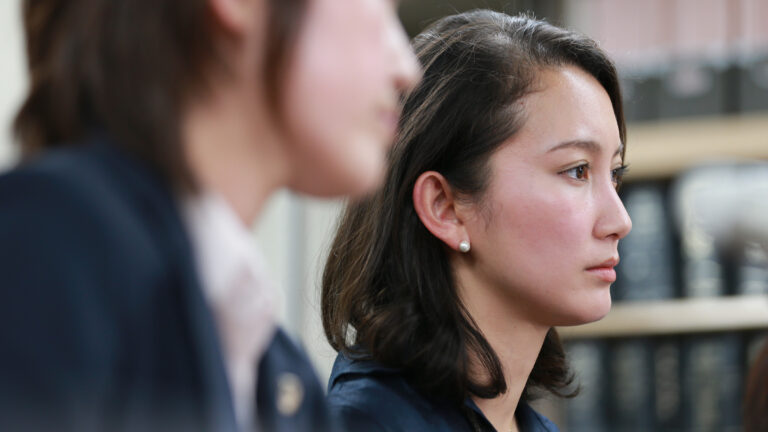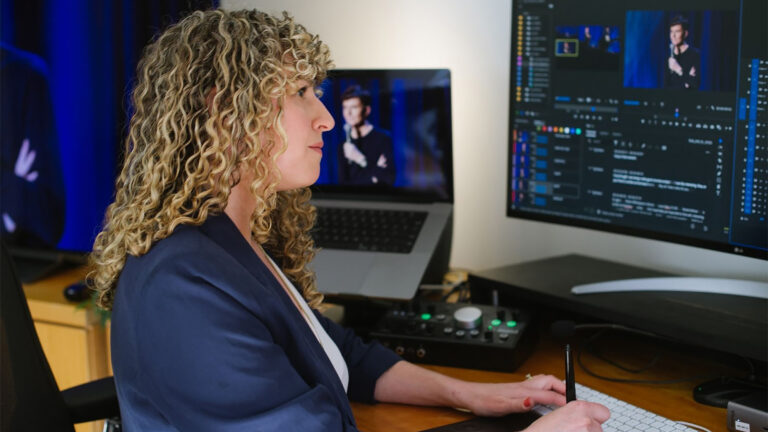Editor’s note: It’s always tough enough to get time with the world’s busiest filmmakers individually, never mind all together, so once again we’re bringing you a virtual roundtable discussion. This time, it’s with the five nominees for Best Cinematography, a new feature in the Frame.io Oscar coverage.
The 2022 Academy Award nominees for Best Cinematography include two-time winner and seven-time nominee Janusz Kaminski (who won for Schindler’s List and Saving Private Ryan) as well as a first-time nominee, Ari Wegner, for her work on Jane Campion’s The Power of the Dog. Bruno Delbonnel now counts six nominations among his accolades, while Dan Laustsen marks his second nod with Guillermo del Toro for Nightmare Alley.
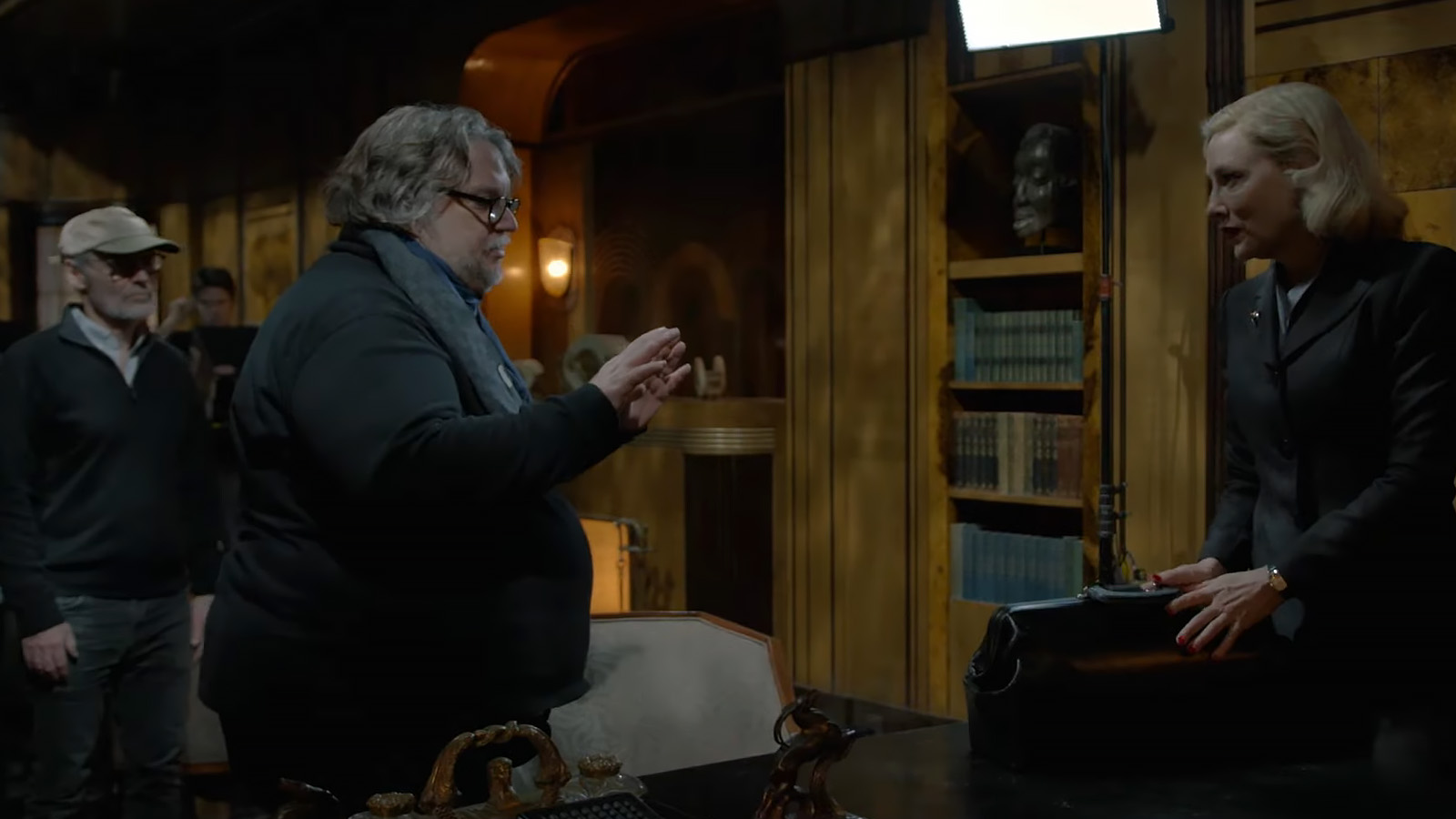
And, of course, Greig Fraser, on his second nomination, swept the season with the Oscar, BAFTA, and ASC awards for Dune.
In conversations about their nominated films, all five talked about constant change in the technological aspects of their work, while emphasizing the importance of human connection and emotional IQ for successful collaboration. This duality is at the heart of the cinematographer’s mindset—deftly wielding high technology while tapping into the artistic instincts required to work effectively with fellow creatives.

Contents
The cinematographers
Bruno Delbonnel — The Tragedy of Macbeth
Greig Fraser — Dune
Janusz Kaminski — West Side Story
Dan Laustsen — Nightmare Alley
Ari Wegner — The Power of the Dog
The relationship with the director
Kaminski and West Side Story director Steven Spielberg have made 18 features together, and The Tragedy of Macbeth is director Joel Coen’s third picture with Delbonnel.
Laustsen and Guillermo del Toro have collaborated on four films, with Laustsen receiving his first Oscar nomination for The Shape of Water. As del Toro says, “I have a very monogamous relationship with cinematographers.”
Meanwhile, Wegner and Campion had made only a single commercial together previously, but clearly Wegner left a good impression.
So how do these teams find a working method that suits both the participants and the project?
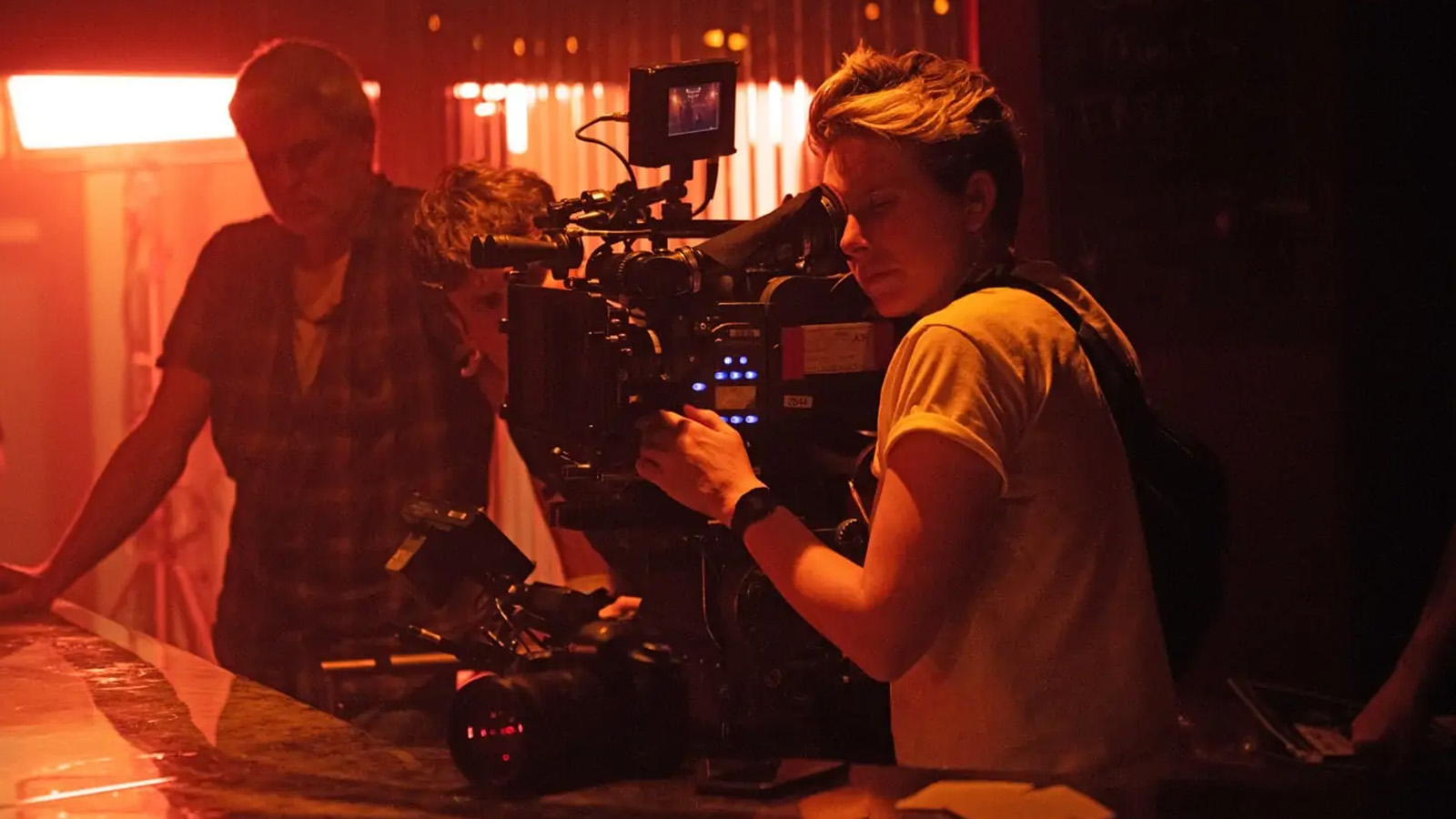
WEGNER: I’ve never seen a filmmaker who obviously had such great instincts from how she wanted the film—but also, how we were going to make it. Jane knew that she could have just as much creativity in choosing the people, choosing the rhythm of the day, choosing how pre-production looks, and how to direct the post in a way that works for them. It’s the director’s job to shape that, in so many ways. I’ve probably never seen a filmmaker do that so well, or even know that they can.
So many of those things feel like they’re set in stone, because that’s how it’s usually done. You’re just as much in control of all the steps leading up to the way the film is going to look.
Jane had three or four weeks with the actors for rehearsal, and another four or five weeks that we were together. She knew a year ahead of time that she would not be coming to the tech scout, the last step before the actual shooting explodes the bubble of optimism and romance you feel during preparation.
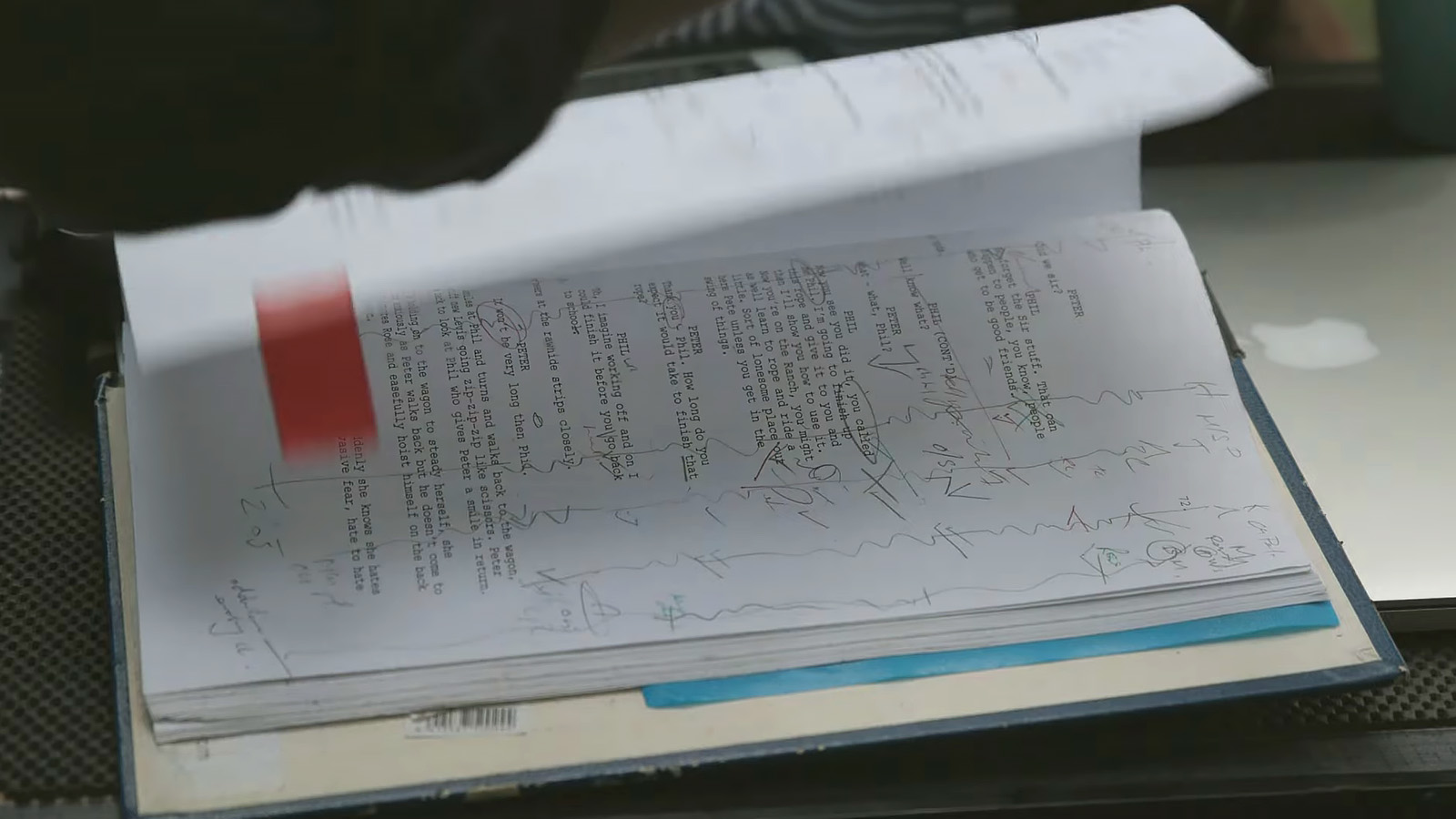
You stand around talking about how difficult it’s going to be, and how you can’t afford to do anything you planned, and deciding where the toilets are going to be. It can be the most traumatic thing directors have to go through, and Jane completely understood that, choosing to maintain her focus on story and character and to allow her team to address logistical issues.
You stand around talking about how difficult it’s going to be, and how you can’t afford to do anything you planned.
KAMINSKI: Over time, Steven and I speak less and less. His storyboards are very extensive. I think part of Steven’s success is his great skill at finding talented people and allowing them to do their jobs. We know what’s expected, and our ability to jump right in and move quickly is important. There’s no breaking-in period and the learning curve is eliminated. It’s a good chemistry, and many of these people are like my family—some I’ve been working with for 30 years. The familiarity of the crew leads to efficiency.
The difference on West Side Story was that it’s a musical, which required a somewhat different approach, which we worked out to some degree during prep. There were hours and hours of rehearsal, during which we found the language of the film, which was often in tune with the music and dancing. I was excited because it’s so rare to see a high-gloss movie like this today. Things tend to be underlit. This was an opportunity to use deep focus and all the lighting equipment. We wanted to make it dynamic and bring the audience closer to that energy.
We found the language of the film, which was often in tune with the music and dancing.
DELBONNEL: Our basic approach didn’t change too much, except that [because this was a solo endeavor for Joel] Ethan was not there with us. Over the years, the Coens have developed their own way of working, whether it’s with me or with Roger Deakins, which is very specific, and in many ways, very simple.
After doing Paris, je t’aime, Inside Llewyn Davis, and The Ballad of Buster Scruggs with them, I know basically how Joel would work. He started preparing the movie 18 months prior to shooting, and while I was not there that entire time, we met in Switzerland, Paris, and New York. Each time, we spent a week having all-day discussions about what he had in mind and what I could bring to the project.
With a goal of focusing attention on the actors and their words, we defined many things, including the decision to not travel to Scotland, and to not attempt to duplicate any Scottish castle or any other landscape like that, and to shoot in black and white in the Academy frame. I draw a lot, because I need to explain to my crew what I want to do. They are very simple sketches, and I’m not a great drawer, but I can communicate shapes and ideas. It helps me understand what Joel is looking for, and tells my crew what I am looking for.
The right tools for the job
One of the major trends in current cinematography centers on the choice of lenses.
With digital sensors delivering nearly flawless representations of what they’re capturing, cinematographers have been seeking ways to replace earlier techniques that gave more “personality” to the images—how film emulsion was exposed and developed, for example.
The switch to digital, and the resulting lack of generational loss in duplication, has meant that absolute sharpness is no longer the ultimate goal in optics.
Lens designers now have room to imbue images with flavor—sometimes even tailored to the particular project. Illustrating the change, the American Society of Cinematographers recently presented Panavision’s Dan Sasaki with the Curtis Clark ASC Technical Achievement Award, recognizing his groundbreaking work adapting lenses to the creative needs of top directors of photography.
Also, digital capture has freed cinematographers to manipulate format, even within a single film, to impact audiences—as was the case on Dune.
FRASER: Denis’ initial idea was to shoot in a 4:3 aspect ratio. But we were concerned that cinema audiences prefer to see a full screen. We tested film, digital, anamorphic and IMAX, and chose to shoot with Panavision anamorphic lenses on the Alexa LF.
When the audience is experiencing the overwhelming world of the spice planet, the frame expands top and bottom into the 1.43:1 IMAX ratio, or something close to it in other presentations. The film in IMAX is a sight to behold. Denis and I both love film, but we felt film origination wasn’t right here. So we found a way to add some film flavor—we shot digitally, did a quick grade, then filmed it out and scanned the film-out.
It gives you a bit of a film feel, but not the same as if you had originated on film. It gives you some of the fantastic analog quality, along with the benefits of acquiring the source material digitally. The colors become slightly more filmic, and you get a bit more depth to the highlights, which are softened and rounded out.
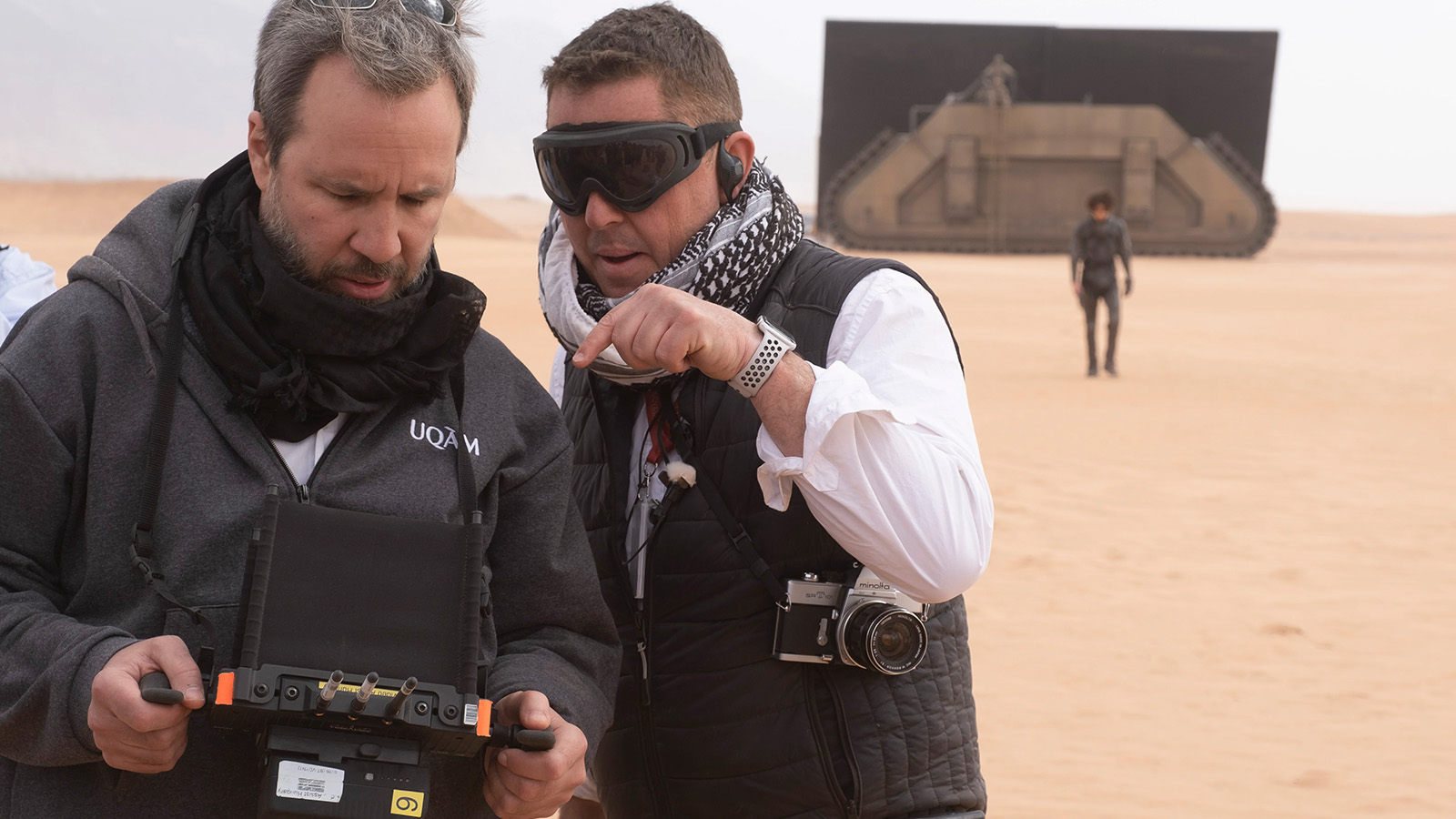
For Dune, we wanted the planet to be incredibly harsh. It has to be—it’s written like that. There is literally no water there. We tried not to shoot at golden hour or to let things get too pretty. The desert itself is a very simple and powerful setting. And the sets that Patrice Vermette realized so beautifully were inspired by brutalism, which at its core is relatively simple and big. The palettes were very basic, thereby allowing the performances to shine, which is the most important thing.
LAUSTSEN: We shot on the ARRI ALEXA 65 with ARRI Signature primes, and I used a diffusion filter mounted behind the lens. It’s a technique Guillermo and I also used on The Shape of Water. Without it, things can get a little too sharp. With the filter, you’re not smashing the blacks, but you’re subtly breaking up the highlights. It’s a little difficult to work out, but I like the result.
I’m an old-fashioned guy. I’m shooting as if we were shooting on film. My way is to shoot the movie very close to the way it’s going to look in the end. We’re very close to our dailies, and I’m not changing colors a lot in post. If I want to change something, I’m going to change it on the spot. If I want something warmer, I prefer to put a gel on the lamp.
WEGNER: We shot with ARRI ALEXA LF cameras and Panavision Ultra Panatar lenses, which use a 1.3x anamorphic squeeze and result in a 2.39:1 aspect ratio. The sensor size is familiar to me because I take a lot of medium-format stills. But once I make that decision, I don’t think about it too much. Your mind calibrates to that shape. You internalize that as the way things are. It’s an important decision, but there are many more impactful and more visible decisions, I think.
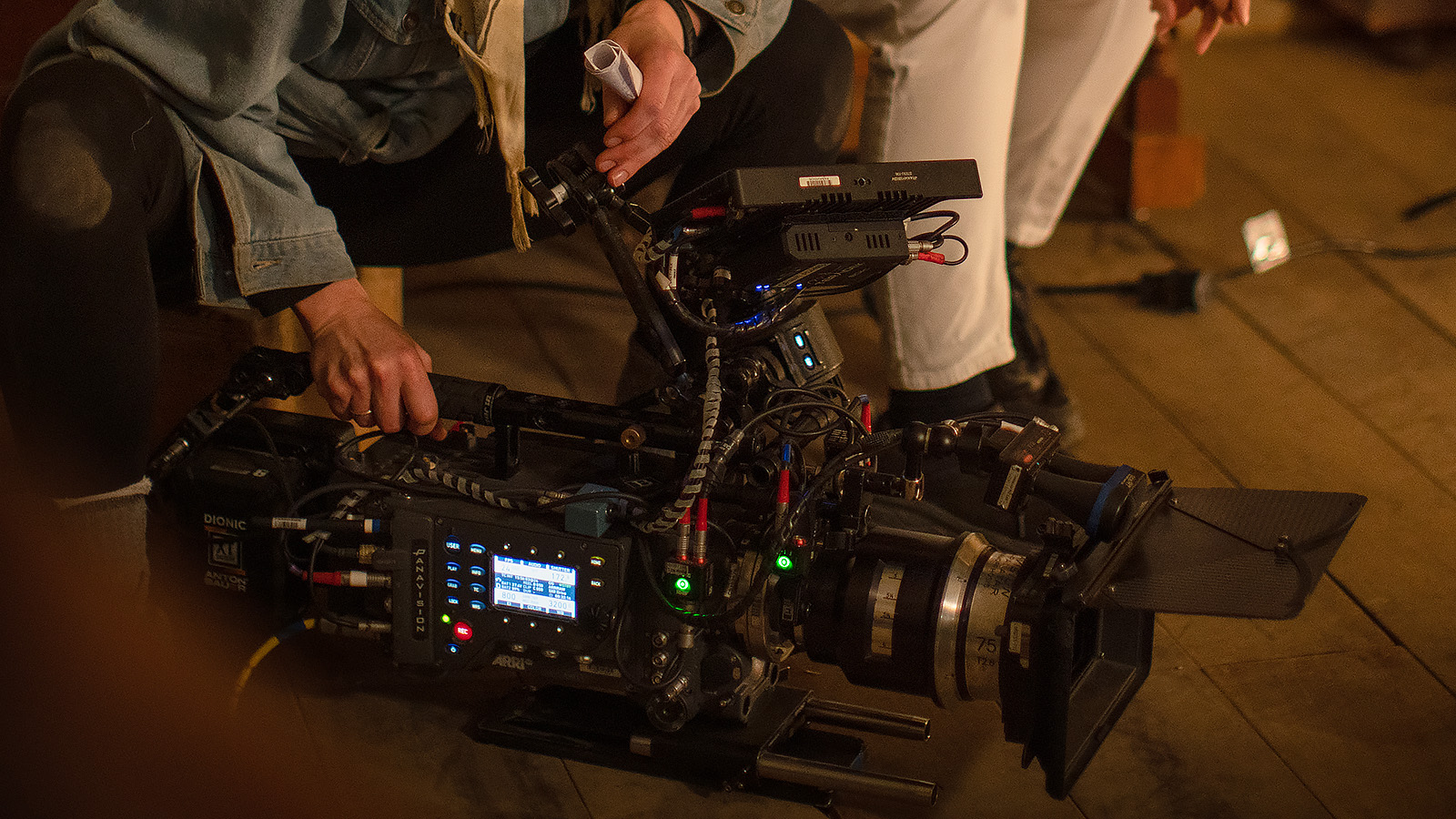
In many ways you hope that the format and the aspect ratio are more or less invisible for someone watching it. But it’s a subconscious kind of thing they see. The question becomes more about how you embed the information or experience for the viewer without any one thing grabbing their attention away from the characters and the story.
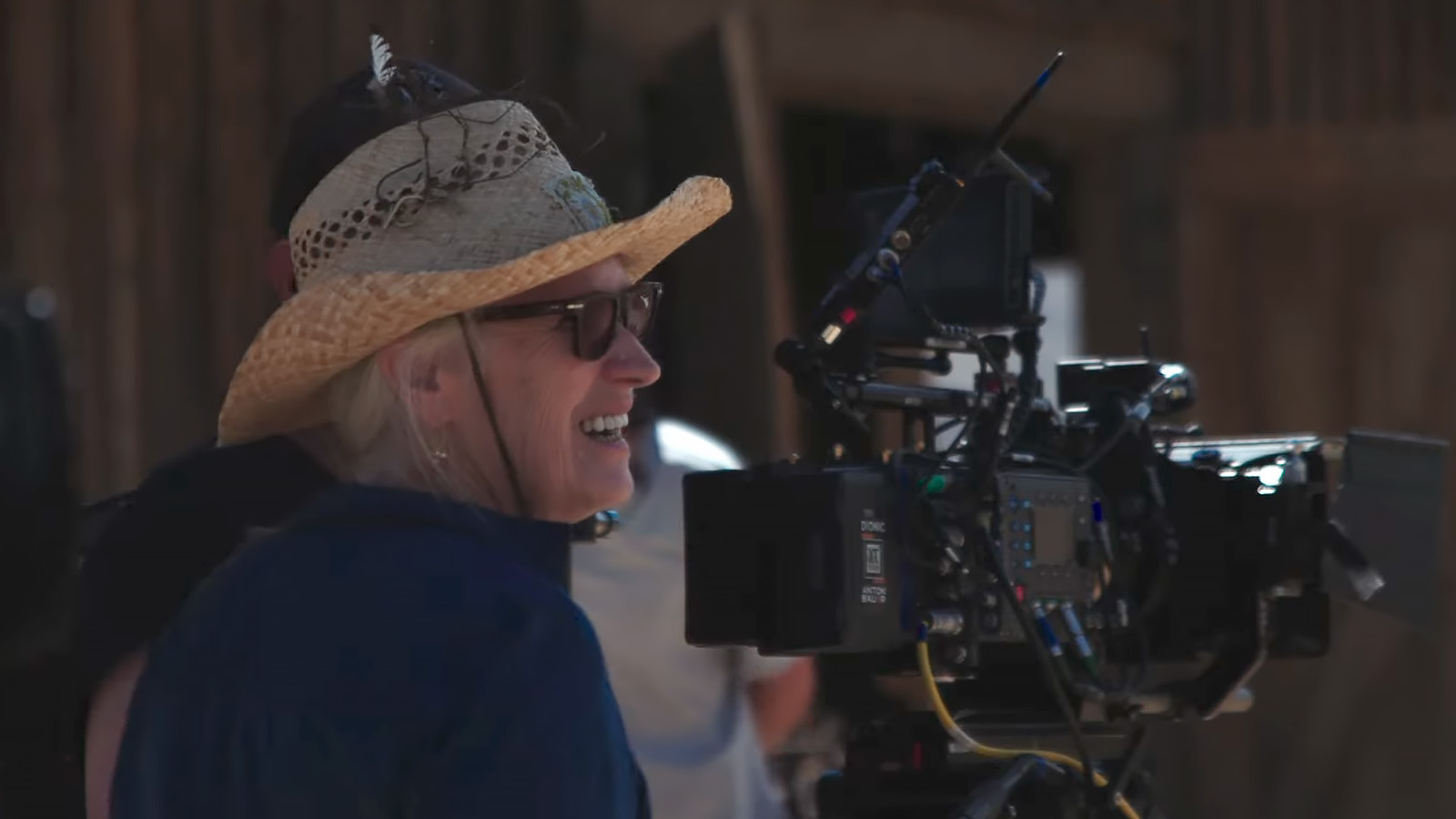
The 1.3x anamorphic squeeze—there’s something about it that feels like a movie, even when you’re shooting a lens chart. But the 1.3x delivers the right amount of that movie feeling without being too much. And it worked with the sensor size to get the most out of it.
DELBONNEL: I was not interested in recreating an old-fashioned style of photography, and I didn’t want to refer to other black and white movies. I wanted something very crisp and modern in many ways. When you see skin, there’s a presence. So the LF was perfect for me, because it gives me crisp 4K images.
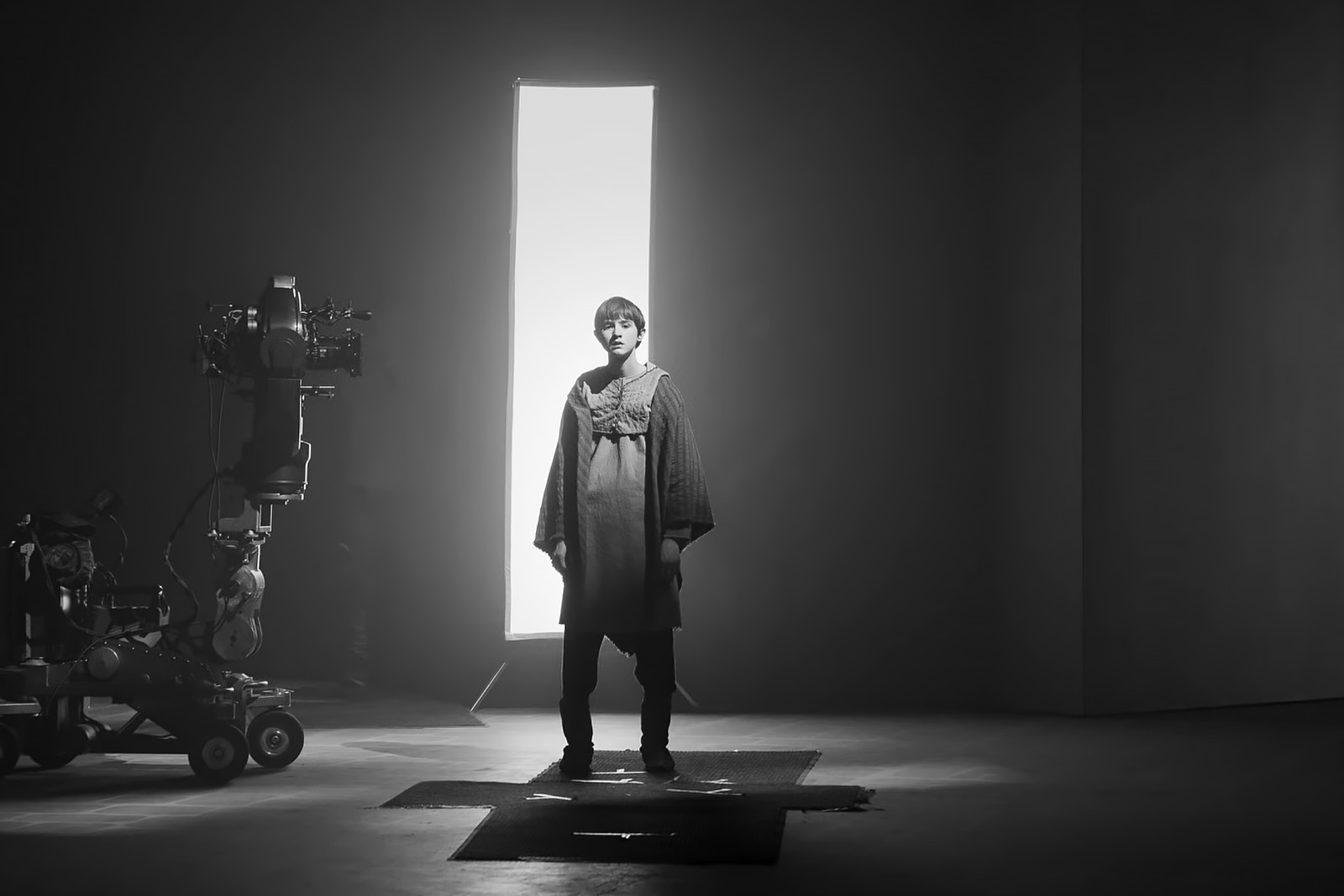
The ARRI ALEXA LF and the Cookes were the perfect combination. We used the ARRIRAW file format, capturing the full range of color information to maximize flexibility in post, but monitoring in black and white. With ARRIRAW, it’s like a pure neg. There’s nothing better. You have all the information you need, and then you can manipulate the image later, in post, as much as you like.
KAMINSKI: The whole concept of creating the image has been changed in the last few years. There’s a reason people are using gimmicks in front of the lens to alter the image, and it’s simply because the digital images are so crispy, so unforgiving. That’s the main reason why people are shooting at very shallow depth of field, with soft light, and putting crystals in front and shooting through things. They are trying to achieve an image that’s not so sterile.
There’s a reason people are using gimmicks in front of the lens to alter the image, and it’s simply because the digital images are so crispy, so unforgiving.
Everyone wants so-called cinematic storytelling. Where really, we had that before. Cinematographers do achieve beautiful results by shooting through crystals or putting pieces of glass in front of a lens. But these are not new tricks. All those tricks are well established tricks from the past. The ability to use what has been done in the past to your advantage, to create a more interesting image is a strength. Often, it works. And often it doesn’t. You wonder, what are we doing here? What is the point?
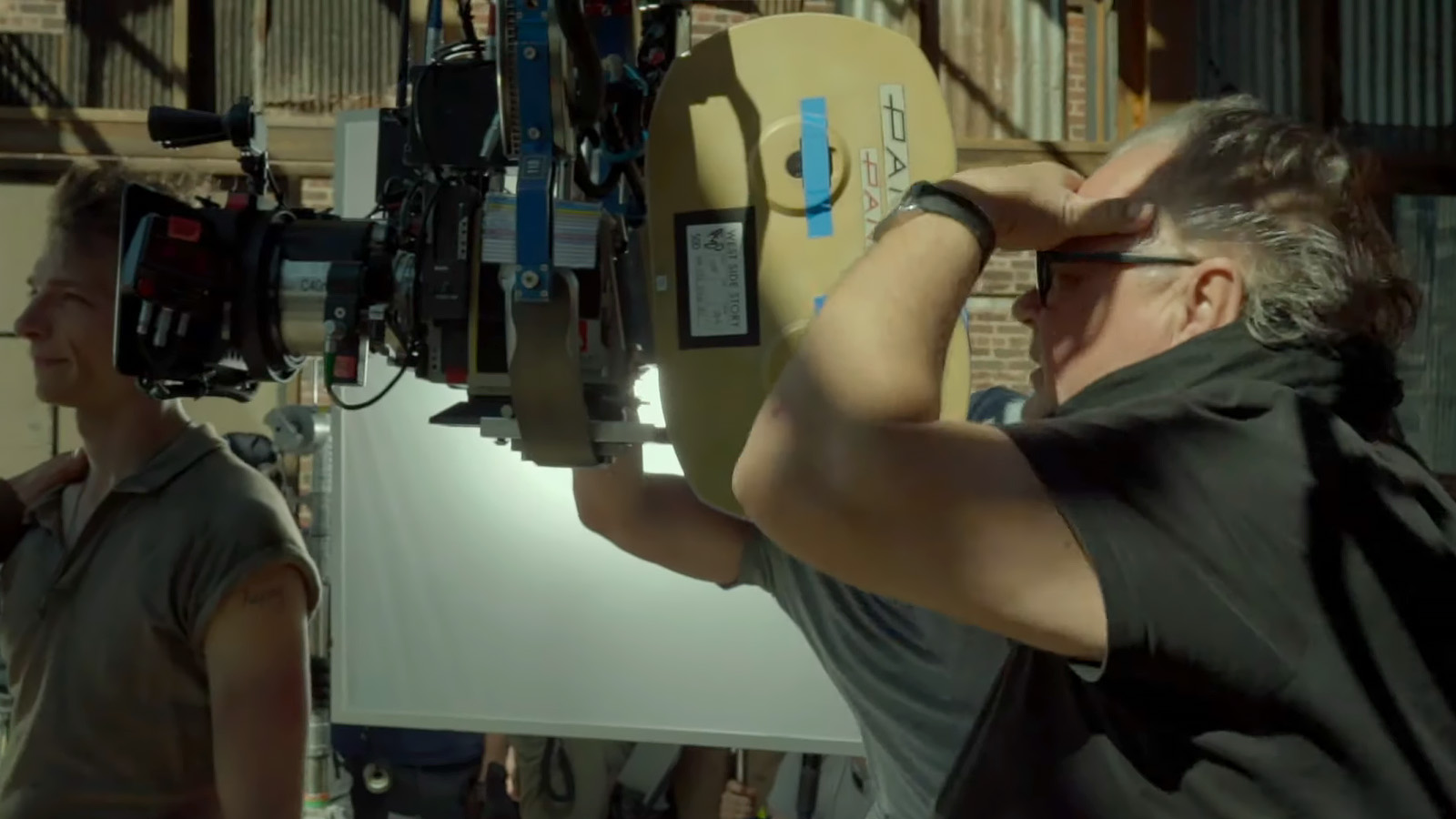
To me, excitement comes from lighting and composition and all that stuff. I do think things are getting better. It’s not necessarily beginning to look like film, because that aesthetic doesn’t exist anymore. It just looks like digital. But there’s this need to manipulate the image somehow. It’s true in every art form—how artistic can you become without taking it too far and ruining the audience’s experience? Am I taking the audience away from the movie or am I bringing them more into it?
When to use it, when not to use it is driven purely by the story, not by the desire to be gimmicky.
It’s as simple as that. When to use it, when not to use it is driven purely by the story, not by the desire to be gimmicky. But I think everyone in movie making comes from that principle. There has to be a purpose for everything.
The artistry of filmmaking
Filmmaking constantly drives advancements in technology as inventors, eager to provide new ways of telling stories (and to thereby profit) strive to develop tools to create novel viewing experiences.
It’s easy to lose sight that at the heart of even the biggest undertakings are usually a director, a cinematographer, a story, a camera, and an actor. Even with bleeding-edge tools, artistry and intuition are essential to good filmmaking.
FRASER: One key to working with cutting-edge tools is to make sure they don’t become an end in themselves. If you base your decision on the technology side of things, that’s the tail wagging the dog. The technology is purely there to serve us as filmmakers. So these tools often have to go through a process of adaptation.
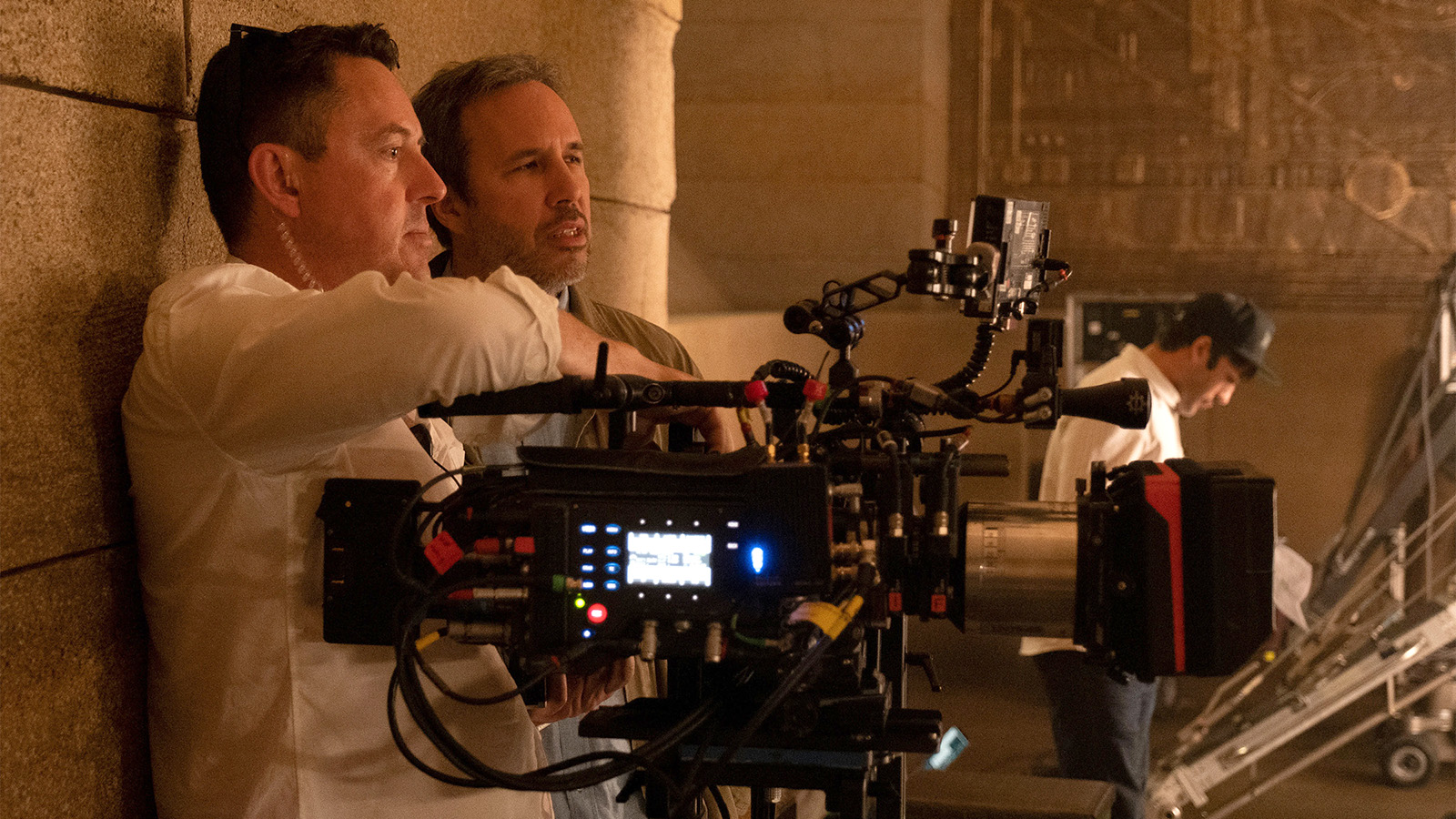
I want to be able to move the camera, even if I’m shooting in a completely virtual environment. I want to choose where the camera goes on the day, even in the moment that we’re shooting. Perhaps an actor does something different, and I do a little tracking to save the shot, and that becomes the magic part of the scene. So we can’t run it like a robot. It’s not just committing a storyboard to film. It’s an organic process, and that’s the exciting part.
It’s not just committing a storyboard to film. It’s an organic process, and that’s the exciting part.
DELBONNEL: Informed by all the conversations and planning, you have to trust your eyes and your feelings and your artistic instincts—and maybe that’s the most important part of the job. The key to our approach on Macbeth was the balancing —using the images and the light to create a rhythm inside the situation that is in tune with the rhythm of the language of Shakespeare as well. The thriller aspects come from the script, the tale and the way Joel reorganized it, and the actors’ performances.
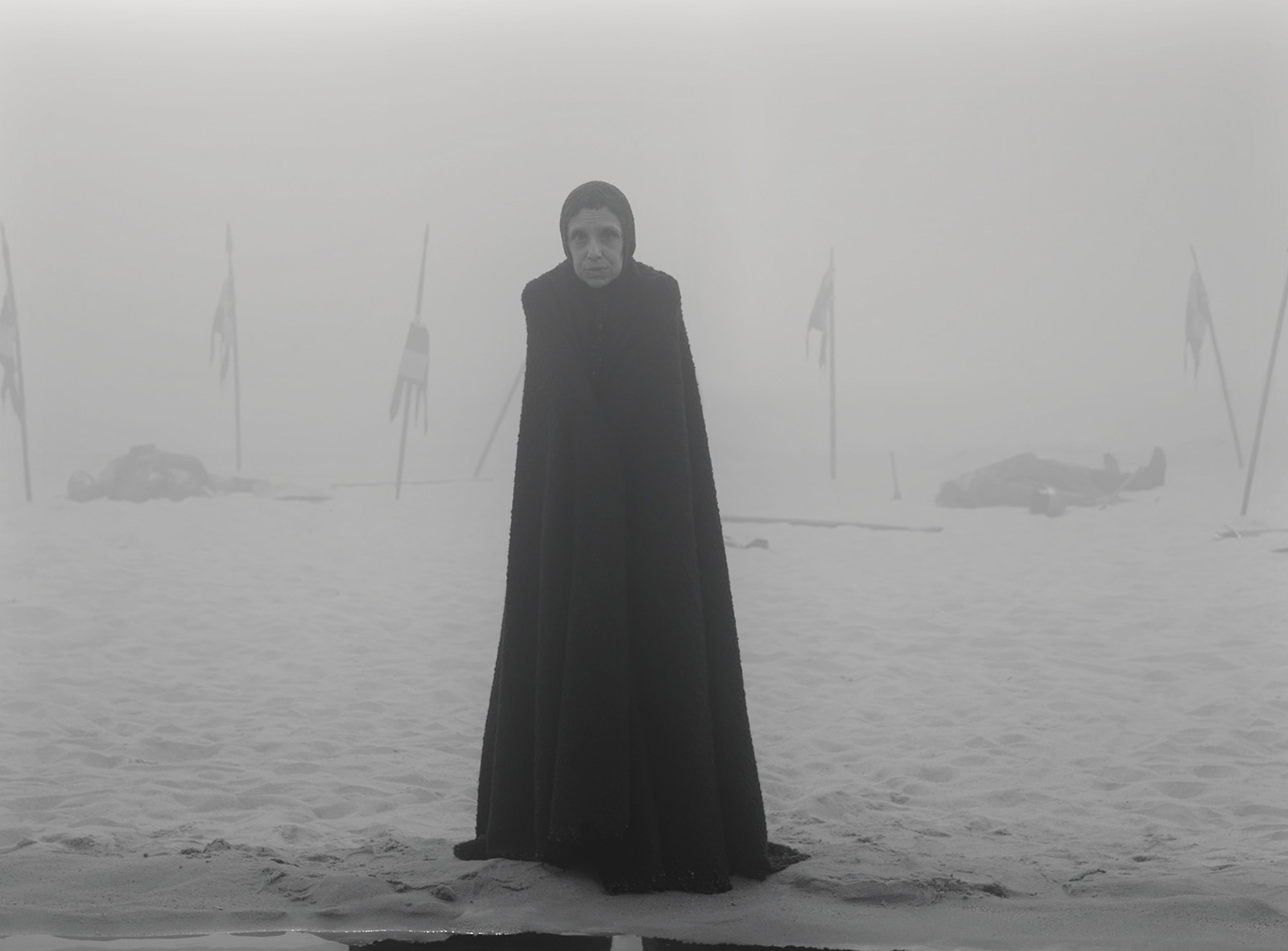
The movie begins very gray. At the start, it’s just information, nothing important has happened yet. The battle was won and Macbeth was the hero. It’s kind of expository and I didn’t need to do anything complicated. It was gray, very soft light, and very uneven in many ways, or even like any overcast day.
It becomes more contrasted for a reason—the drama begins. There is a murder, and then another. The contrast deepens and the compositions change, and the fog brings things alive. When Denzel as Macbeth is walking toward the door before he kills Duncan, that’s all about the rhythm of the lights and the rhythm of him walking in the corridor, and the rhythm of the language.
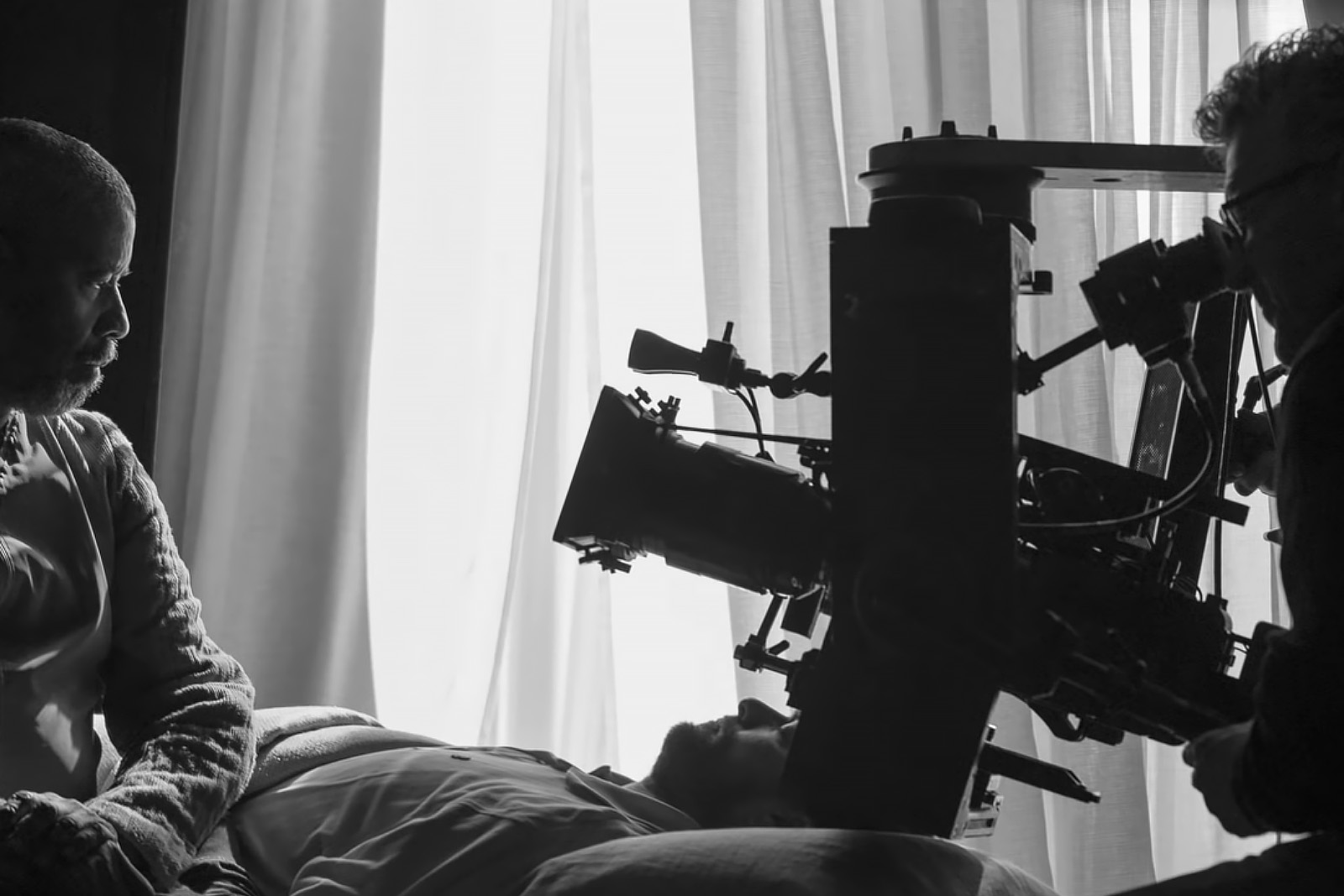
Those rhythms build upon each other. That’s a creative decision only humans can make. Am I happy with the results? I don’t watch the movies I’ve done, because I see all the mistakes and see where I could have done better. What makes me happy is that Joel Coen thinks it looks great, and people seem to like it as well.
WEGNER: Filmmaking is an iterative process, and generally speaking the more iterations you have, the better it gets. It’s almost like doing takes. You know, you do take one. Then you’re actually filming and maybe by take three it’s starting to get really interesting. But every take, little things are going to change. And then you get into take seven and eight, and the changes are so minute that they’re gaining power because they’re so specific.
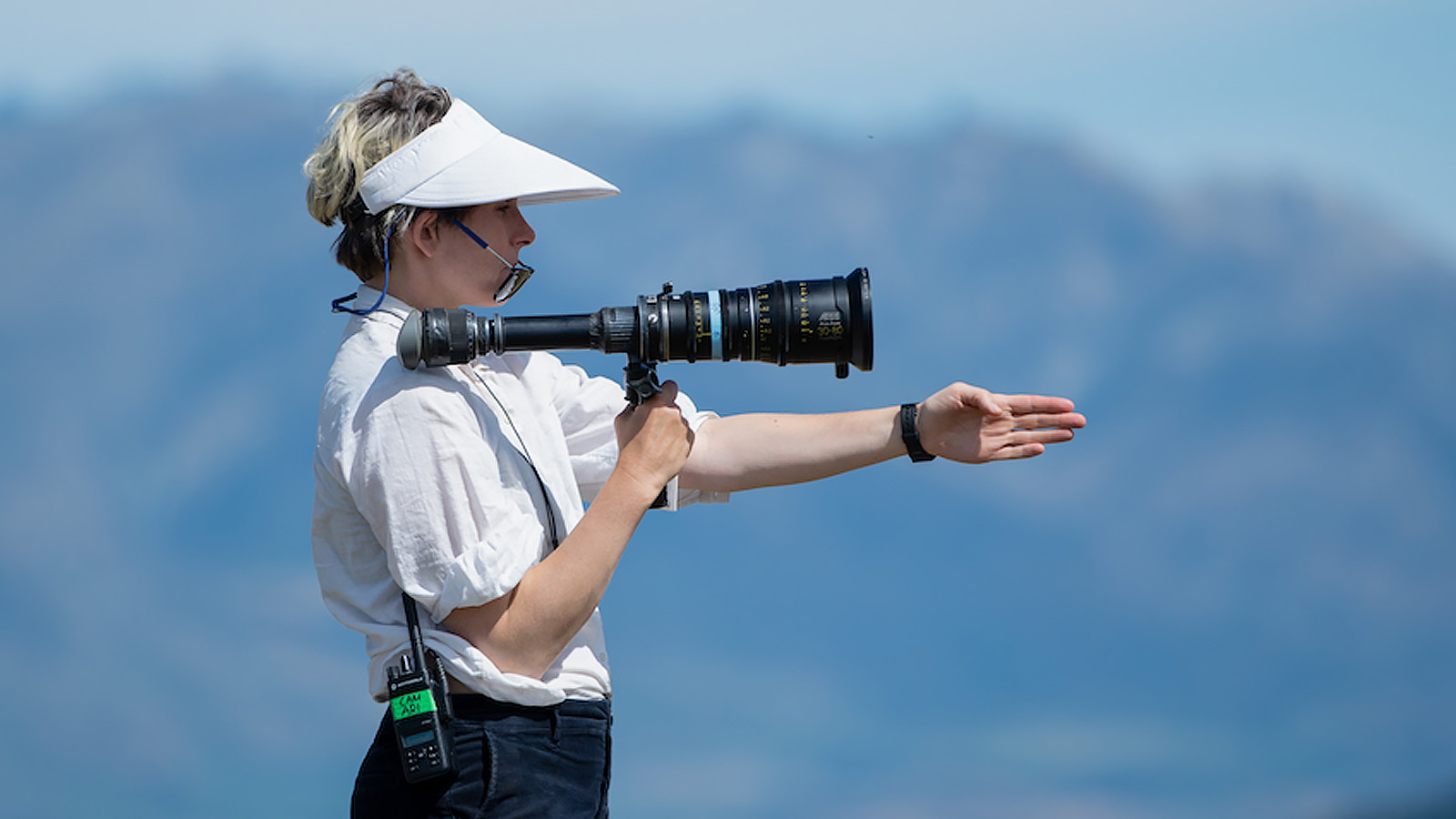
There is a kind of parallel there with the drafts of ideas during prep and in other aspects. There’s a playfulness or an easing of tension that comes out when the ideas are flowing. You don’t get obsessive or locked in on one thing because you trust that a new idea will come.
Maybe the most important thing is just the instinct to have an idea and the ability to freely express it.
Building that relationship and bond with Jane, I found eventually that often, whether or not we go with a certain idea is almost inconsequential. Maybe the most important thing is just the instinct to have an idea and the ability to freely express it.
The wrap
If there’s a takeaway, it’s that the best cinematographers are masters of both the tools and their art, using the former to enable the latter. The connection with the directors, the material, and the imagined viewer inform how they create movies that resonate with audiences and stand up to the test of time.
Our sincerest thanks to all of the participating cinematographers, who were so generous with their insights and time. If you want to read more about the workflows and editors of these films, check out our Oscars Workflow Roundup and Editors Roundtable.



